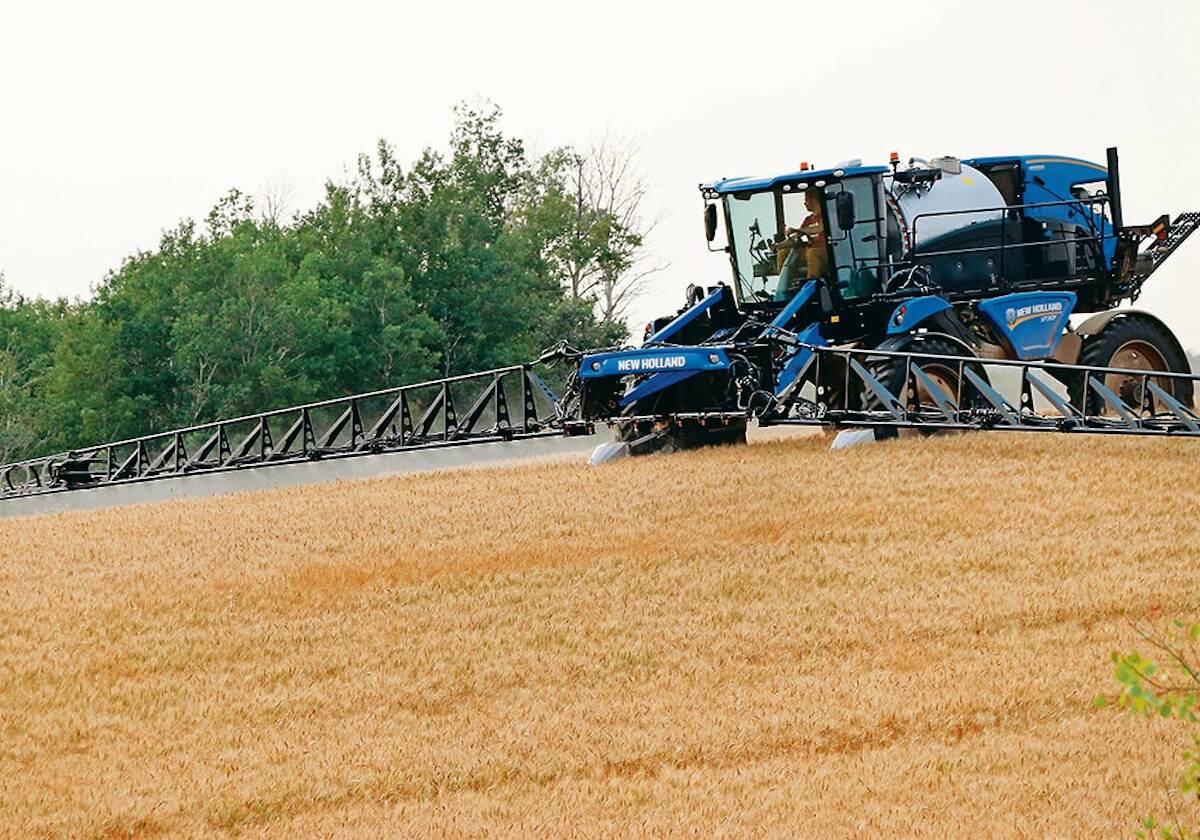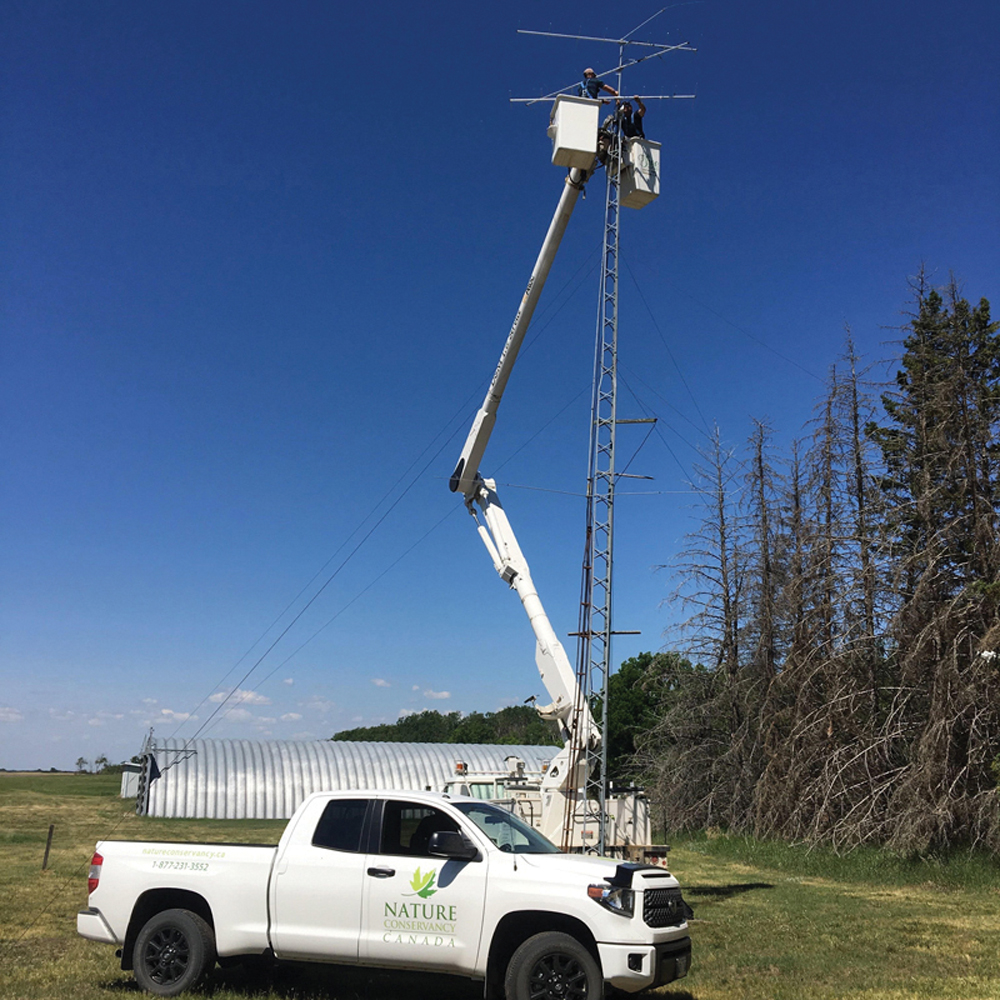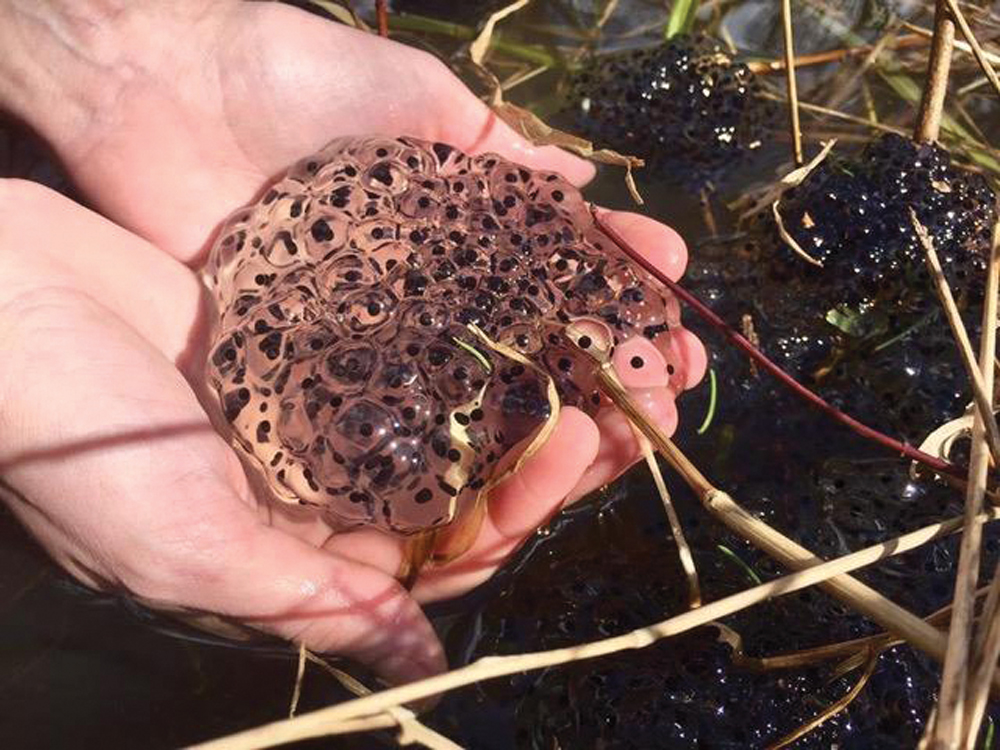A failing septic system may pose a contamination threat to the groundwater.
Here are some steps anyone, particularly household water well owners, can take to help protect groundwater:
Locate any abandoned wells on your property. An improperly abandoned well can be a direct pathway for contamination into the aquifer.
Never dispose of any substance down an abandoned well.
Maintain your septic system. A failing septic system may pose a contamination threat to the groundwater. Learn the signs of a failing septic system and have your system pumped every three to five years.
Read Also

Farming still has digital walls to scale
Canadian farms still face the same obstacles to adopting digital agriculture technology, despite the years industry and policy makers have had to break them down.
Properly use, store and dispose of hazardous household substances. Hazardous household substances include gasoline, oil, paints, paint thinner, fertilizers, weed killers, pesticides and cleaning products.
“Proper use means always following the manufacturer’s instructions,” North Dakota State University Extension Service water quality associate Roxanne Johnson says. “Do not overapply fertilizers, pesticides and weed killers. Also, do not apply or mix such substances close to the well head.”
Hazardous household substances should be stored in sealed containers in a secure place and should not be dumped on the ground, poured down the drain or flushed down the toilet. Instead, contact local waste authorities about proper disposal.
If you’re planning to construct a water well, work with a qualified contractor to determine the best location for the well, Johnson advises. Choose a qualified contractor to construct the well.
If you have a well, give it a maintenance checkup annually to reduce risks to your water supply and prevent costly and inconvenient breakdowns. An inspection should check the well’s flow rate, water level, pump performance, pressure tank and pressure switch contacts, as well as equipment to determine if it is sanitary and meets local codes. Also, every well owner should check the well cover or cap and the well casing above the ground periodically to make sure they are in good shape.
Testing water quality regularly is another major responsibility for well owners.
“First, determine if your well is clean,” Johnson says. “A dirty well, for instance one with accumulated sediment or debris in the bottom, can create an environment suitable to bacterial growth and impair effective disinfection.”
Well owners also should test annually for bacteria, nitrates and anything of local concern, such as contaminants from landfills, industrial sites, hazardous substance spills or improper disposal of hazardous household wastes, or naturally occurring contaminants, such as arsenic and radon.
You should have the water tested more frequently if:
You notice any change in the water’s taste, odour or appearance.
You have a problem, such as a broken well cap or a new contamination source.
A family member or house guest has recurrent incidents of gastrointestinal illness.
A pregnant woman or infant lives in the home.
A dangerous contaminant shows up in your neighbours’ water.
You need to monitor their home water treatment equipment’s efficiency and performance.


















